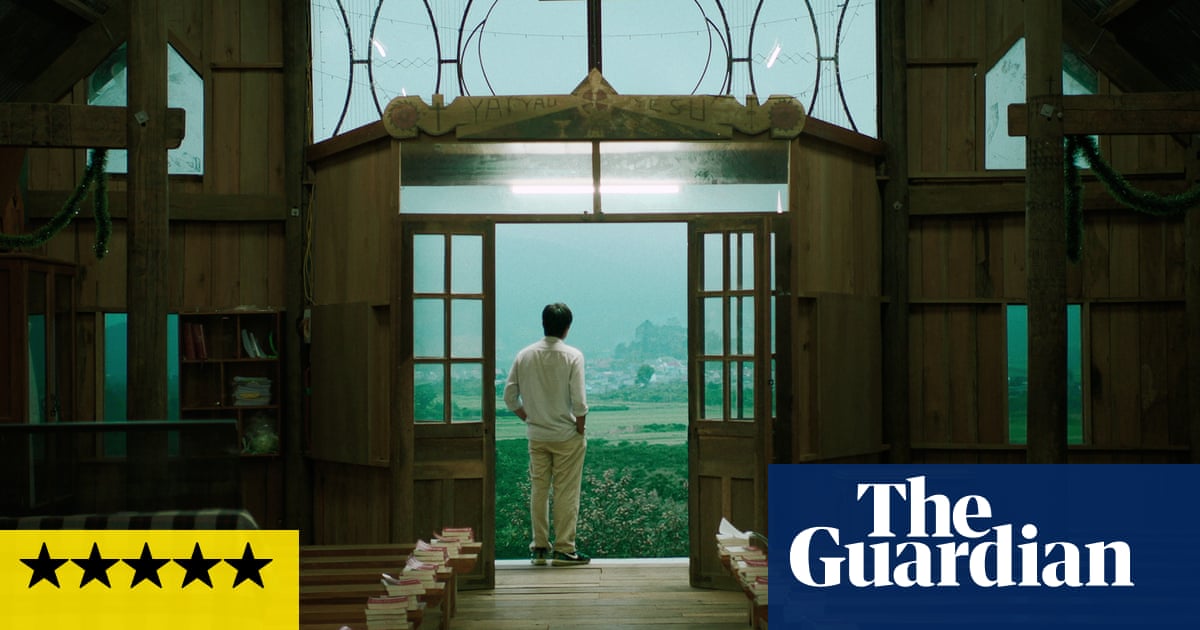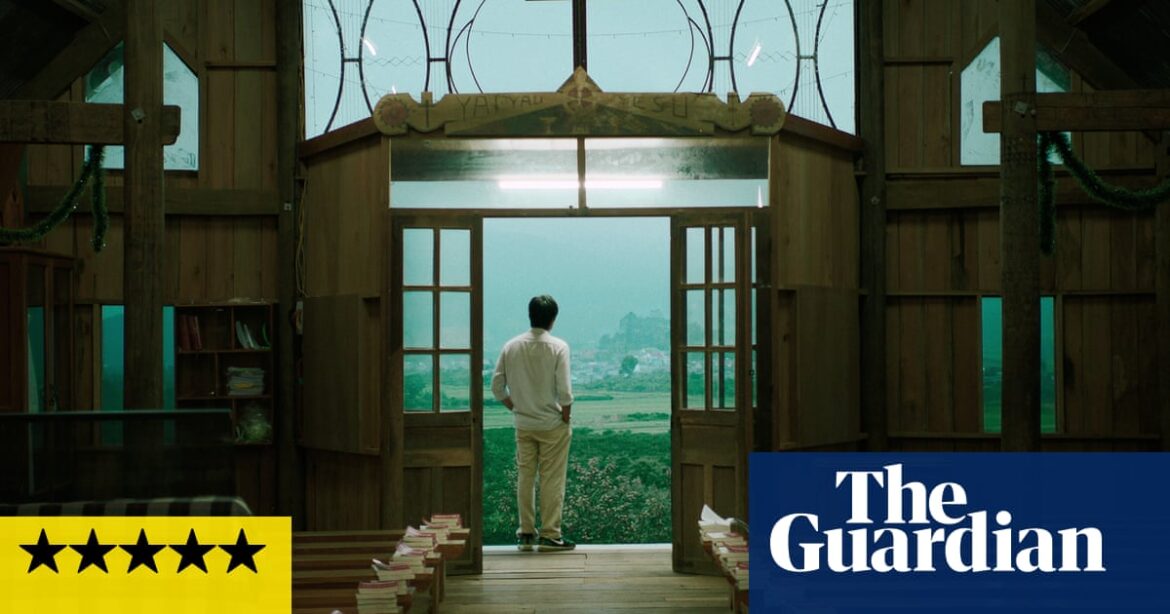
T
The meaning of the title and the movie itself are still uncertain, but this debut feature from 34-year-old Thien An Pham is truly impressive. Born in Vietnam and now residing in Houston, Texas, Pham presents a slow-paced yet mesmerizing film. It begins in Saigon, then moves to the green, mountainous central highlands away from the bustling city. The film is a journey without gravity, slowly making its way towards an enigmatic destination and perhaps even transcending to something beyond. It evokes feelings of compassion, intimacy, spirituality, and mystery similar to the works of Tsai Ming-liang and Edward Yang.
In “Inside the Yellow Cocoon Shell,” the director takes a peaceful and naturalistic approach, using mostly long shots and few closeups. Both a flashback and a dream sequence are portrayed in a similar style, creating a disorienting sense of the past and present merging. Despite the lack of explicit emotion, there is a passionate kissing scene and a young woman’s declaration of love for “It’s a Wonderful Life” and her disappointment in the current state of cinema. If this film were made in 1972 by Bob Rafelson, it could have a similar structure and themes of midlife crisis and regret, but likely with a shorter runtime.
While enjoying a relaxing chat about religion and the purpose of existence with his friends at an outdoor cafe in the bustling city, Thien (Le Phong Vu) is abruptly interrupted by a loud motorbike crash nearby. Later on, during a massage at a parlour, Thien’s phone call is disrupted in a tragicomic manner. He then learns that the victim in the crash was his sister-in-law, Hanh, and her son Dao (Nguyen Thinh) was the only survivor. As a result, Thien is tasked with transporting Hanh’s body, as well as Dao, in a rented van to their hometown for burial.
This village is not only Thien’s hometown, but also his brother Tam’s, who abandoned his wife Hanh and son years ago. Thien is faced with the task of reconciling with Thao, a woman from the village with whom he had a romantic relationship in the past. Thao may be able to assist him in finding a solution for the young Dao, who is grieving over his mother’s absence. Additionally, Thien must locate his missing brother and decide what to do next. Should he break the news, use this tragedy to mend their relationship, or reflect on his own life and place in an apathetic world?
The camera moves and rotates at a deliberate pace, similar to an aircraft carrier: characters will go off-screen while continuing to talk until the camera catches up and they return to the frame. A stationary scene will slowly zoom in, almost imperceptibly. Thien experiences intriguing encounters, including an elderly man who fought in the Battle of Vung Rô for South Vietnam and a mysterious old woman. One segment consists solely of Thien’s perspective while he silently rides his motor-scooter down roads where the bright headlights of oncoming traffic create a dazzling effect on the screen.
Is Thien experiencing a mental breakdown? Or are the recent tragic events just an outward manifestation of a possible breakdown he was already facing? If Hanh had not passed away, would he have continued living his unfulfilling, anonymous life in the city and never considered reaching out to Thao or Tam again? The breadth of perspective in this film is truly remarkable.
Ignore the newsletter advertisement.
after newsletter promotion
Source: theguardian.com



